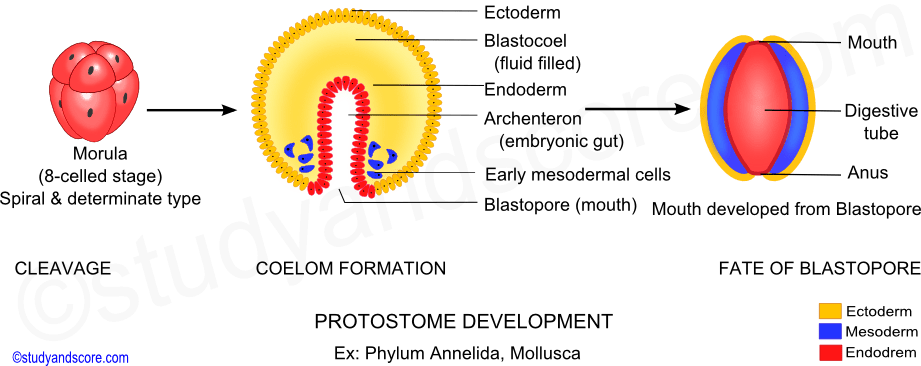

We conclude that previous interpretations in which palaeoscolecids occupy a deeper position in the ecdysozoan tree lack particular morphological support and rely instead on a paucity of preserved characters.


Considered within a formal cladistic context, these characters provide most overall support for a stem-priapulid affinity, meaning that palaeoscolecids are far-removed from the ecdysozoan ancestor. In a review of palaeoscolecid anatomy, including newly resolved details of the internal and external cuticle structure, we identify specific characters shared with various living nematoid and scalidophoran worms, but not with panarthropods. Here, we consider the nature of the last common ancestor of living ecdysozoans through a detailed analysis of palaeoscolecids, an early and extinct group of introvert-bearing worms that have been proposed to be ancestral ecdysozoans. Inferences based on living taxa can and should be tested against the fossil record, which provides an independent and direct view onto historical character combinations. The reconstruction of ancestors is a central aim of comparative anatomy and evolutionary developmental biology, not least in attempts to understand the relationship between developmental and organismal evolution.


 0 kommentar(er)
0 kommentar(er)
